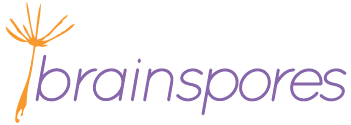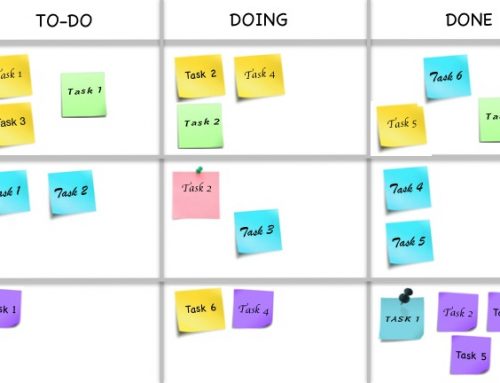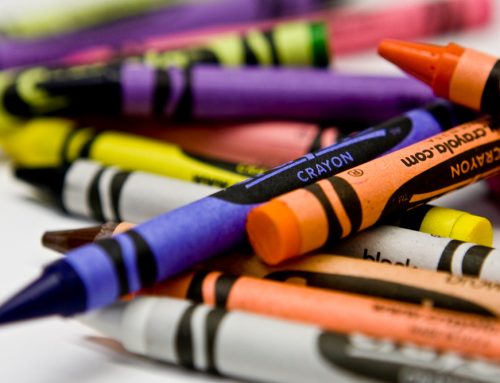“Nothing is more dangerous than an idea, when it’s the only one we have” – Emile Chartier.
How does your research team work together when you need idea generation? In my experience you sit down in a small group discussing the latest results and a number of new ideas take form. New ideas might also emerge in a larger lab meeting when a project is being presented or in an occasional group brainstorming.
Sometimes this approach though is not very satisfactory- especially if you are looking to generate many new ideas. Why? In groups, a phenomenon known as Production Blocking (Nijstad et al. 2003) kicks in. You may have a good idea, but as you wait for your turn to speak in the group, you lose your idea. The official explanation is this is due to cognitive interference. For me, the cognitive interference happens as I want to contribute to build another persons idea, and I begin to forget the kernel and track of my original idea before I have the chance to speak up.
A variety of different techniques- termed Brainwriting– overcomes production blocking and engages participants who may not easily express themselves orally. In these techniques a group of people share ideas and build on each other’s ideas by silently writing them down. While some ideas might be hard to explain quickly in a short sentence or two, sketches have been shown to be useful (Linsey and Becker 2010). Don’t worry about your drawing ability; it will be good enough to get your idea across!
The benefits of Brainwriting for idea generation is that it’s:
- Fast – generates many ideas in a short time
- Easy – does not require facilitation
- Cheap – only paper or cards and pens are needed
- Quiet – people write, they don’t talk
- Inclusive – engages people that normally don’t speak up
Here are four different variants of Brainwriting you can use in research with a short explanation of each.
6-3-5 Brainwriting
6 participants – 3 ideas – 5 minutes. Each participant writes down or sketches three ideas in a table on a sheet of paper. After five minutes the paper is passed to the next person. The ideas on the paper are read, and new ideas building on these ideas are written down. This goes on for 30 minutes and ideally has generated 108 new ideas (6 participants X 3 ideas X 6 rounds).
Brainwriting on Cards
This technique is not as constrained on number of participants and number of ideas as the technique above. Each participant writes an idea or a sketch on an index card and passes it on to other participants. The idea generated from reading one idea is written on a new card that is passed on.
Brainwriting in the Lab
This is a variant of 6-3-5 Brainwriting. A large piece of paper or a flip board is placed in the lab. When people have 5 minutes to spare they write down or sketch ideas to a displayed topic. Each new idea should be built on previous ideas.
Gallery Method
In this method ideas are not passed around, but people move around. Each participant has a flip board or a posted sheet that they write and sketch their idea on. After a while they walk around looking at other sheets, discuss, get inspiration and walk back to their own sheet with new ideas and start building on their original idea.
When you want to get more ideas or hear from the more introverted group members, consider introducing one of these techniques for fast idea generation. However, Brainwriting should be avoided when the topic in question is too complex to be conveyed with a few sentences or by sketching. If you have a new group, or one that is meeting for the first time, consider using a regular brainstorming or other idea generation techniques that let the participants get to know each other better.
Let us know your experience with techniques that generate and share ideas! Leave a comment below.







Leave A Comment